Not exactly birds of a feather: 6 panelists take to the air to make a case for Regina's official bird
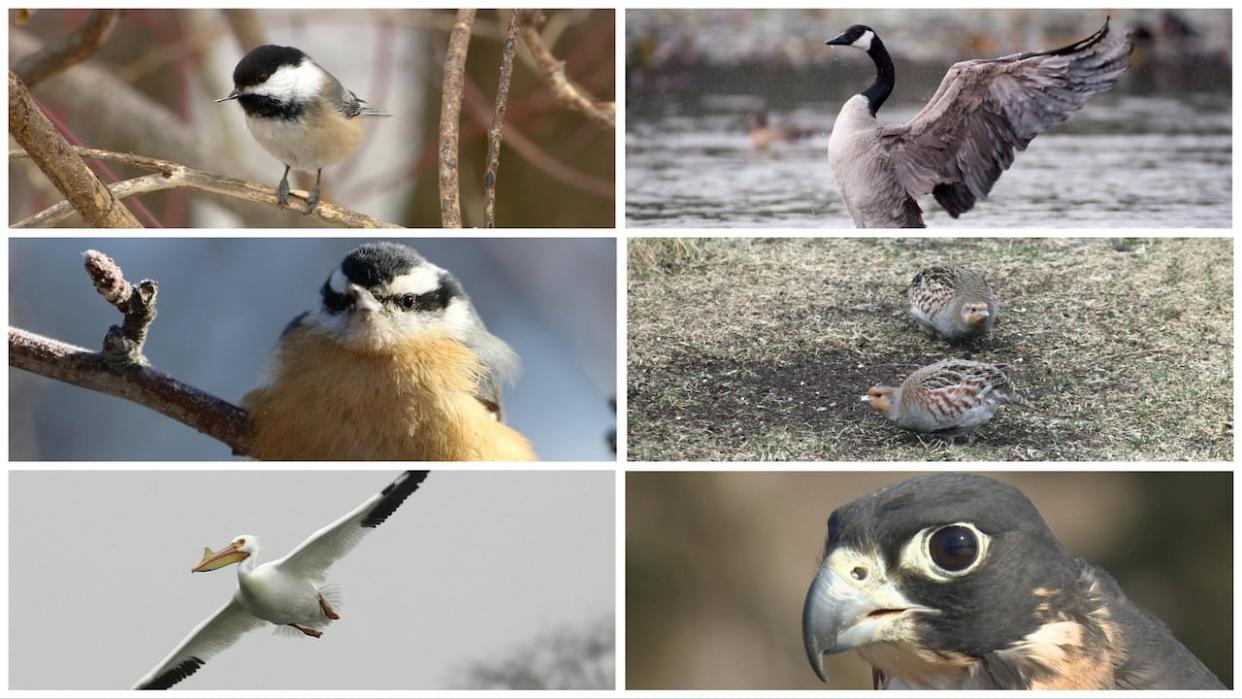
The City of Regina has narrowed down its hunt to name an official city bird to six finalists.
Officially declared a bird-friendly city in March 2022 by Nature Canada, the city must choose a bird as part of the program.
Nominations opened last month and closed on Oct. 22. The city says it received more than 700 nominations, with the top six being:
American white pelican.
Black-capped chickadee.
Canada goose.
Grey partridge.
Peregrine falcon.
Red-breasted nuthatch.
Regina reveals 6 finalists for city's official bird
Voting for Regina's official city bird will take place from Nov. 30 to Dec. 10 at regina.ca/birds
CBC's The Morning Edition gave six birders a chance to explain why they believe their favourite should be crowned the winner.
Grey partridge
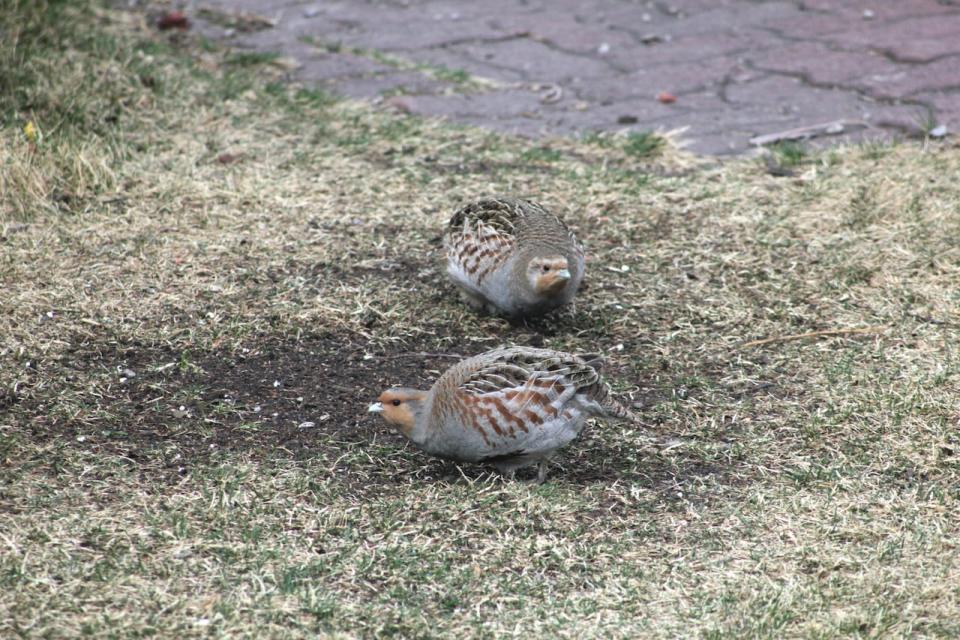
Also known as the Hungarian partridge, the province says the grey partridge is a small bird introduced to Alberta in 1908. It is a native of the bush plains of Europe and western Asia, but this partridge couple has found a home in Parksdale. (Submitted by Martha Bondy )
The Grade 4 and 5 class at Thomson Community School gave a spirited defence of the grey partridge.
The class takes part in a land-based learning program and has been helping with the city's search for an official bird. They counted those 700-plus votes to determine the six finalists.
The students pointed out that grey partridges eat weeds and insects, which can help nearby farms, and while they have short lives, they lay up to 22 eggs.
Black-capped chickadee
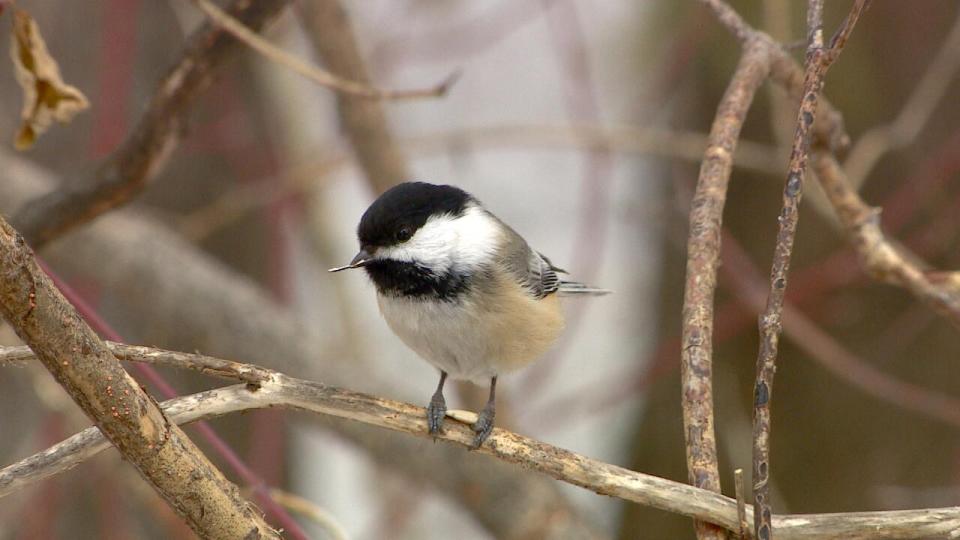
Black-capped chickadees 'are super adapted to life here in Regina year round. They don't go hiding away down south in the winter, they stay right in Regina all year,' says Ryan Fisher, curator of vertebrate zoology at the Royal Saskatchewan Museum (Rick Bremness/CBC)
Ryan Fisher, curator of vertebrate zoology at the Royal Saskatchewan Museum, argued that the black-capped chickadee is the cutest of the nominees and has something in common with the city: "Like Regina. We're a small city, but I think we punch above our weight here in Canada," said Fisher.
"What's also neat about chickadees as they are super adapted to life here in Regina year round. They don't go hiding away down south in the winter, they stay right in Regina all year."
Fisher said they collect thousands of seeds that they store for the winter, hiding them in different places, and have a thick layer of down to keep them warm.
American white pelican
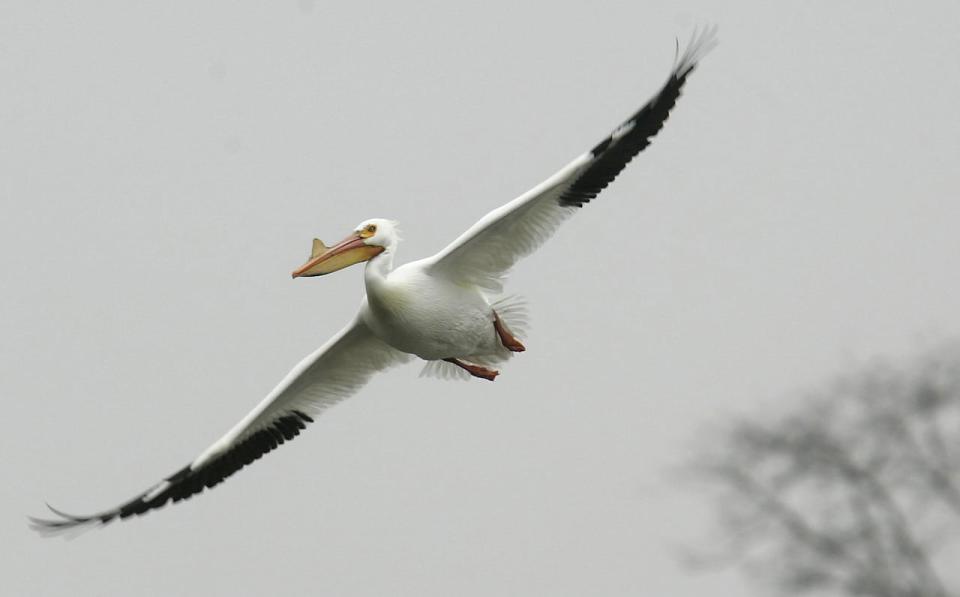
The American white pelican's 'bill will hold more than his belican,' according to poet Dixon Lanier Merritt. (Matthew Holst/The Iowa City Press Citizen/The Associated Press)
Swooping into the debate for why the American White Pelican should be Regina's bird was CTV assignment producer Nelson Bird.
The pelican holds a fond place in Bird's heart. He grew up watching them, and his dad would recite lines from a poem that made him laugh every time.
"A funny bird is the pelican. Its mouth can hold more than its belican," Bird recalled, reciting the lines from a poem by Dixon Lanier Merritt.
While he didn't want to ruffle any feathers, he suggests that the pelican is one of the most majestic birds nominated and would look best on future city merchandise.
"I look at pelicans and I see them flying overhead sometimes and I think, 'Wow, these are so truly unique and they kind of remind me of pterodactyls flying in the sky, something you'd see in a dinosaur movie."
Peregrine falcon
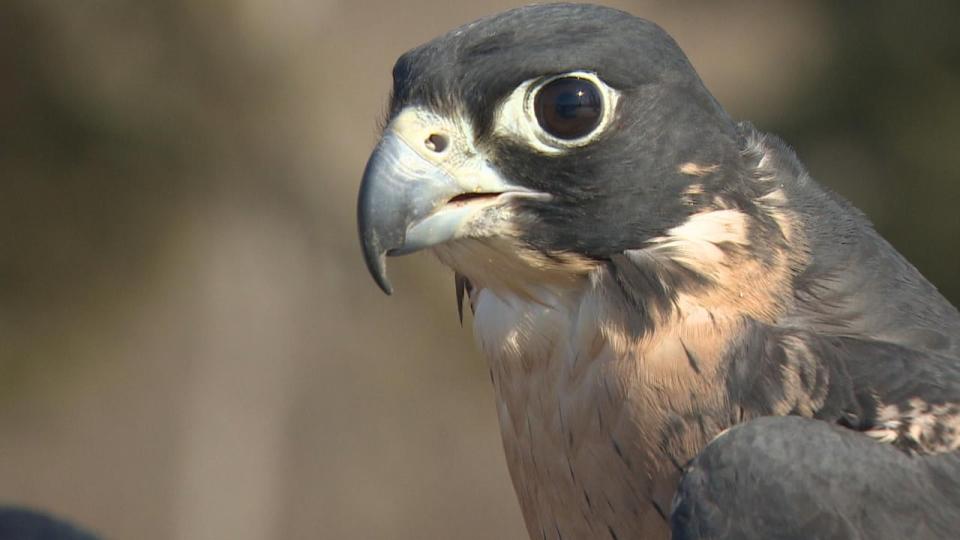
Peregrine falcons are one of Alberta's migratory birds, leaving for Mexico and South America in the winter and returning in the spring. (Nathan Gross/CBC)
The peregrine falcon is the fastest and smartest of the bird finalists, argues Jordan Rustad, field manager and bander-in-charge at the Last Mountain Bird Observatory.
"They nest right on City Hall. They've already decided they are city bird as far as I'm concerned," Rustad said.
The birds of prey nest on top of Regina's city hall and can dive for their lunch at speeds more than 300 km/h.
In the 1970s, the birds were nearly extinct due to the widespread use of DDT as a pesticide, but falconers who use the birds to hunt helped bolster their populations and now they are found on every continent but Antartica.
"Peregrine falcons were considered one of the most sought after and the most regal falcons for falconers to use, so they were used by royalty a lot of the time. So what better bird for the Queen City?" she said.
Red-breasted nuthatch
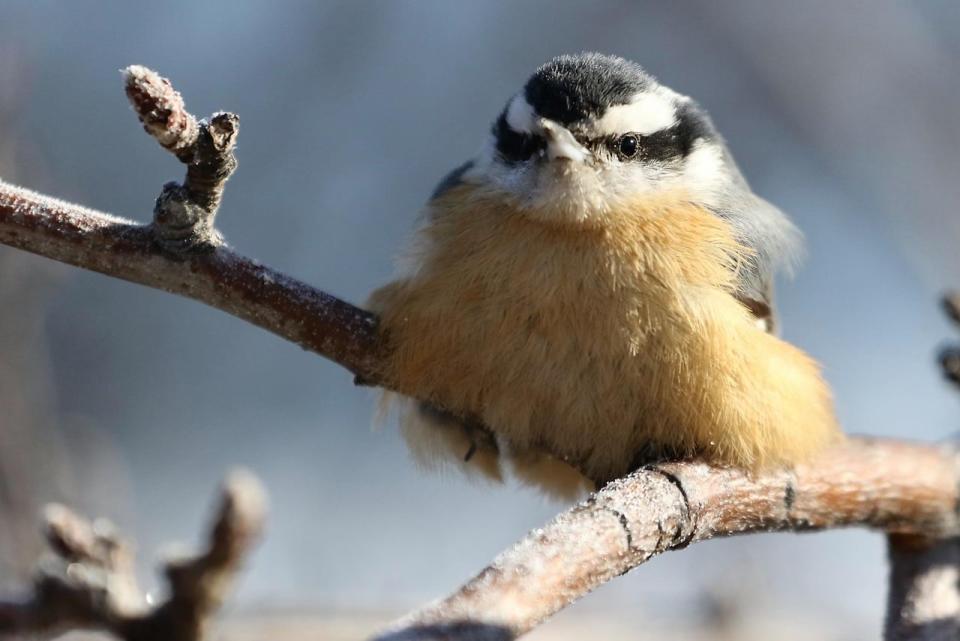
When the weather is cold, Rachel Ling said 'Nutty,' her favourite red-breasted nuthatch, can look like a tiny puff ball. (Submitted by Rachel Ling)
Cheryl Stadnichuk is all in on the red-breasted nuthatch, who says Its nimble agility and the way it makes its nests sets it apart from the rest of the flock of nominees.
"They work together to excavate a hole in a tree for a cavity, and it might take them up to — was it something like 18 days … to excavate the hole," the city councillor said.
"They create their own home security system by surrounding the entrance of their nest hole with pine or spruce sap … it keeps out any insects, predators, other birds, it just prevents them from going in."
The birds use a piece of bark to apply the sap with their beaks.
Stadnichuk said their innovation and reliance on Regina's beautiful canopy of trees is what should make it Regina's official bird.
Canada goose
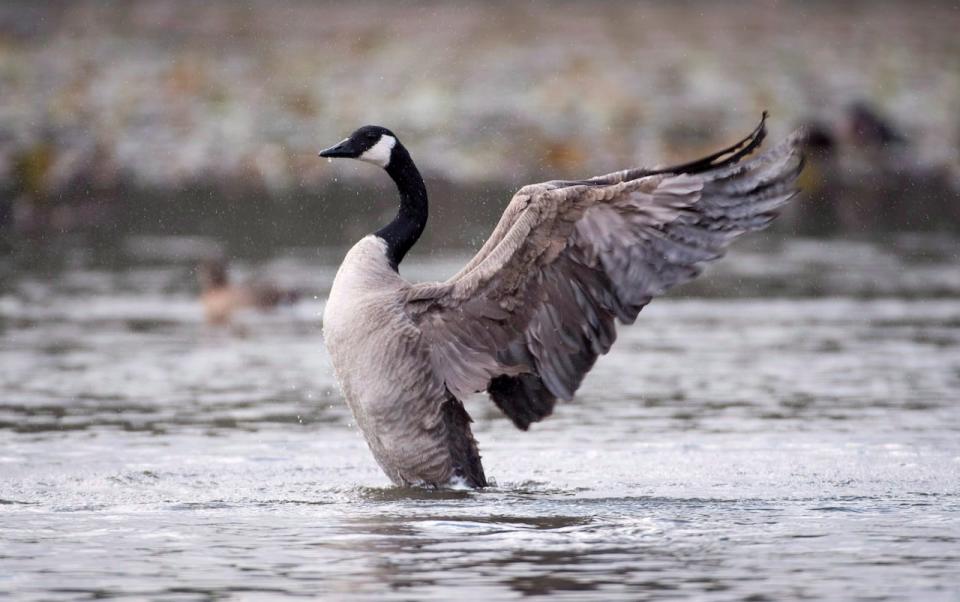
The Canada goose has picked up a nickname: Cobra chicken. (Jonathan Hayward/The Canadian Press)
Trevor Herriot, a bird expert and naturalist, says the Queen City played a vital role in the conservation of the Canada goose, and that deserves to be recognized and celebrated.
"Try to imagine Regina without geese in the skies above it," Herriot said.
About 70 years ago, a Saskatchewan farmer raised a captive flock and teamed up with the Royal Saskatchewan Museum to introduce them to Wascana Park.
"They're just so much a part of our culture and history when people come to Regina, they notice the geese right away. But we take it for granted because we live with it all the time. It's just such a huge part of the city's character."
Herriot added he knows people often complain about the "cobra chickens" but he says they each have their own unique personality, protect their young, and teach us to live with nature.


